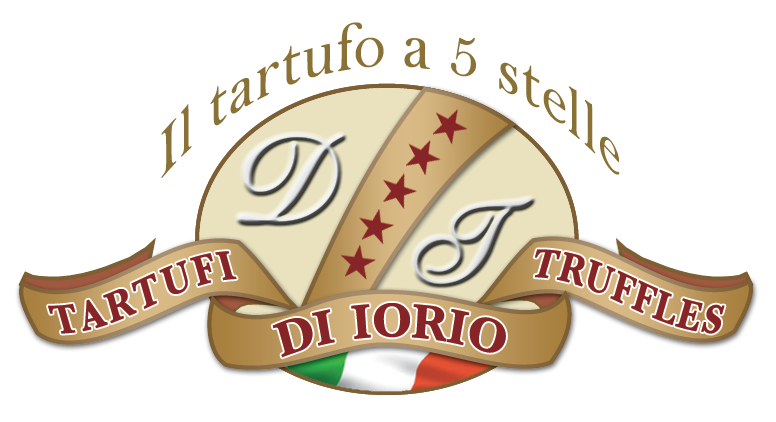"Cerca" e "cavatura" del tartufo patrimonio immateriale Unesco
Oggi con la nostra rubrica vogliamo celebrare un anniversario importante: dopo una lunga attesa dovuta anche alla pandemia, il 22 giugno 2022 una rappresentanza della Federazione Nazionale Associazioni Tartufai Italiani, ha ricevuto a Roma l’attestato di iscrizione ufficiale nella lista UNESCO. La “cerca” e la “cavatura” del tartufo fanno parte ufficialmente del patrimonio culturale immateriale.
Tale riconoscimento risulta importante poiché formalizza le pratiche che fino ad ora venivano tramandate oralmente e per tradizione familiare. Questo aspetto assume ad oggi grande importanza perché una conoscenza approfondita dell’argomento tartufo e delle pratiche di “cerca” e “cavatura” possono garantire la tutela della biodiversità e degli ambienti tartufigeni sempre più fragili.
Non a caso la legge prevede che il cavatore sia in possesso di un tesserino di abilitazione alla “cerca” e “cavatura” del tartufo, rilasciato dalle singole Regioni a seguito di un esame. Tra gli argomenti sottoposti a valutazione ci sono la biodiversità dei tartufi nelle diverse specie, elementi fondamentali della loro biologia e le normative vigenti in materia di ricerca, raccolta e commercio.
È bene non improvvisarsi cercatori, perché si rischia di sbagliare banalmente la stagionalità, ma anche il metodo di estrazione, rovinando l’ecosistema e compromettendo la crescita e lo sviluppo del tartufo per l’anno successivo. Esistono anche fasce orarie da conoscere in cui è consentita la raccolta e ovviamente come per tutte le norme di legge si è soggetti a sanzioni amministrative in caso di violazione.

⬇️ ENGLISH VERSION ⬇️
Today with our column we want to celebrate an important anniversary: after a long wait, due also to the pandemic, on the 22nd of July 2022 a delegation of the National Federation Italian Truffle Hunters Associations received in Rome the official UNESCO list registration certificate. “Cerca” and “cavatura” (hunting and extraction) of truffles are officially part of the intangible cultural heritage.
This award is important because it formalises the activities that until now were passed on orally or through family tradition. This aspect has a huge importance because a deep knowledge of the truffle and the activities of “cerca” and “cavatura” can guarantee the protection of biodiversity and truffle environments, which are increasingly fragile.
For this reason, the law expects that the truffle hunter has the qualification card for truffle “cerca” and “cavatura” which is released by each Region after an exam. Among the subject matters are the biodiversity of different truffles species, fundamental elements of their biology, and the current legislation regarding hunting, harvest, and trade.
Do not improvise as truffle hunters, there is the risk of being wrong about the seasonality or the extraction method, this will cause damage to the ecosystem and it will affect the growth and development of the truffle during the following year. There are also time slots to know during which the harvest is allowed and, obviously, as with all laws, one is subject to administrative sanctions in case of violation.








